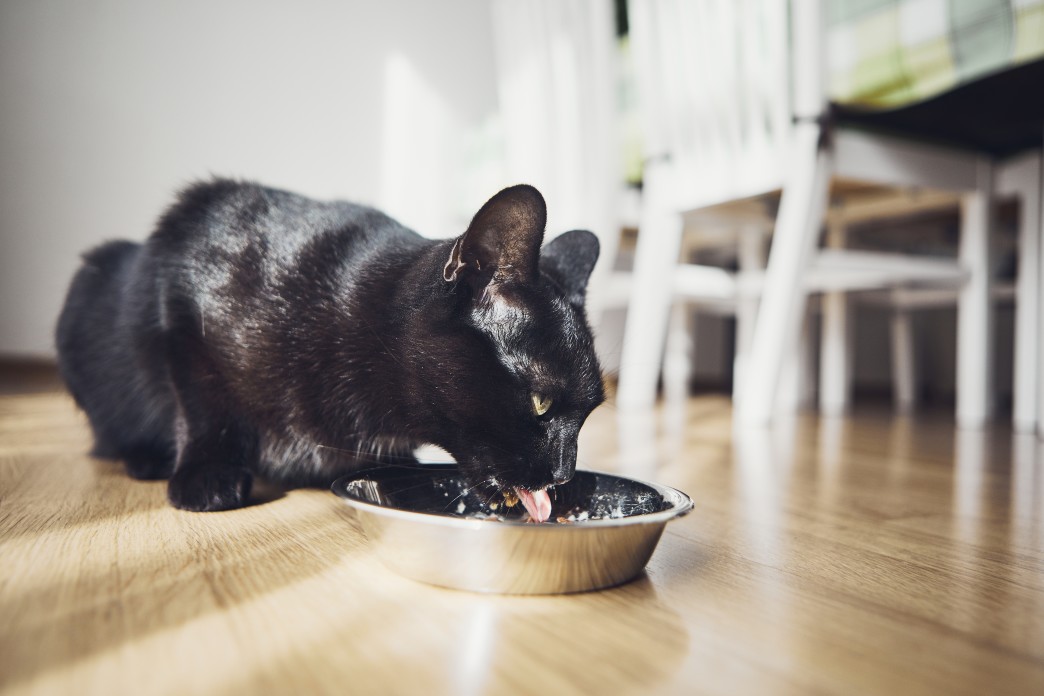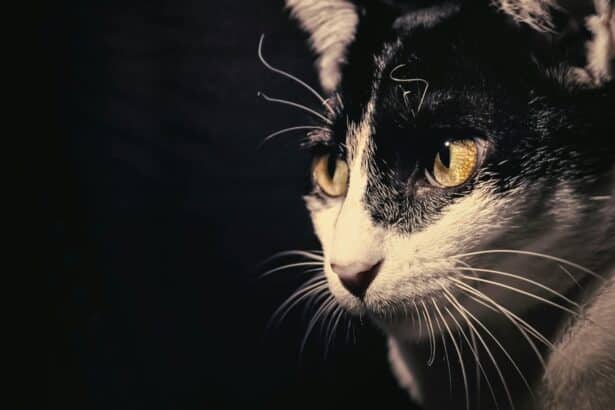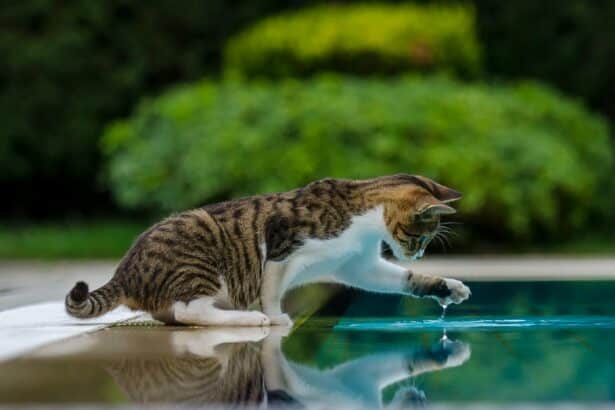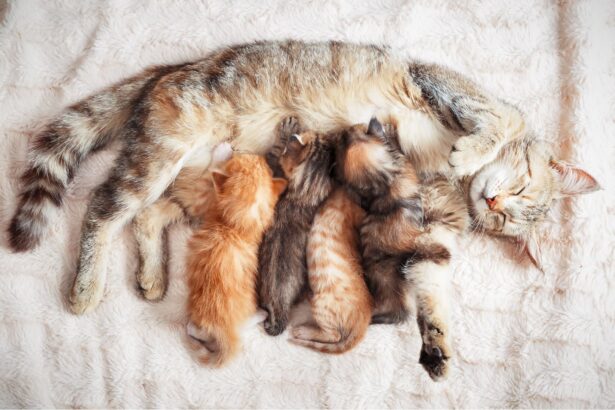The foundations of a happy feline diet
Our cats love in quiet ways—slow blinks, soft purrs—and their bowl is one of the best places to love them back. The good news? A few smart habits go a long way.
Why bother? Because a balanced menu helps prevent weight gain, supports the urinary system and keeps coats glossy. Cats are obligate carnivores: think high animal protein and essential taurine, always.
Curious about ingredients and real feline needs? See what cats should really eat to stay in tip-top shape.
Kibble, wet food, or both?
Quality kibble is convenient, complete and easy to store. Wet food brings water and irresistible textures—great for picky eaters and seniors.
The winning combo? A daily mix of wet + dry. Wet food mimics the moisture of prey and boosts hydration; kibble helps you fine‑tune portions and reduces waste.
Practical tip
Warm wet food to “mouse temperature” (slightly warm, not hot) for a scent lift, then thin it with 1–2 tablespoons of warm water. A few drops of unsalted tuna water now and then can turn a reluctant sipper into a happy slurper.
Home-prepared diets: yes—but never by guesswork
Homemade can be wonderful if it’s correctly formulated. The trap? Missing essentials like taurine, precise minerals, vitamins, and fatty acids. Quiet deficiencies can take months to show.
If you’re tempted, partner with your vet or a feline nutritionist to build recipes and select supplements (including taurine). Otherwise, pick a complete commercial diet made for cats.
Common mistake to avoid
Switching foods overnight. A cat’s gut is sensitive: abrupt changes can cause diarrhea, vomiting, or food refusal. Transition over 7–10 days, gradually increasing the new food.
Hydration: the quiet hero
Most cats don’t naturally drink much, yet good hydration protects kidneys and reduces urinary issues. Place multiple water stations around the home—fresh, away from food, and out of the litter zone.
Fountains intrigue curious whiskers and often boost sipping. Refresh water daily and clean bowls often to avoid biofilm and odors. Mostly kibble at home? Offset with a bit more wet food each day.
Wonder why water on fur annoys your feline? Peek at why cats don’t like water—it’s enlightening (and very cat).
Portions and meal rhythm
How much to serve? It depends on weight, age, activity and the food’s calories. Start with the brand’s feeding table, then fine‑tune with your vet—especially for indoor, neutered or very chill cats.
- Kitten (under 6 months): 3–4 meals a day.
- Adult: often 2 meals, or several small ones spaced out.
- Food transition: 7–10 days, gentle and gradual.
Kibble fans at home? A puzzle feeder or an automatic cat food dispenser can slow down eating, enrich playtime and help manage portions.
Anti-weight gain tip
Use a small kitchen scale and pre‑portion meals in mini containers for the week. Bye‑bye eyeballing, hello steady waistline.
Has your kitty snubbed meals for too long? Don’t wait—here’s why a cat that stops eating is at risk and what to do next.
Milk: the cosy myth to skip
Cute image, yes—but most adult cats are lactose intolerant. After weaning, lactase (the enzyme that digests lactose) plummets, which can mean tummy upsets.
For orphaned kittens, choose a species‑specific formula, not cow’s milk. For adults, fresh water, wet food and “soups” are more than enough.
Treats: delight, not a diet
Treats build your bond and reward good manners—but keep them under 10% of daily calories to avoid nutritional imbalance and weight gain.
- Too many treats can sabotage appetite for proper meals.
- Pick cat‑specific treats, in small amounts, with clear ingredients.
- Check calories per piece—you’ll be surprised how they add up.
As for toxic foods, skip chocolate (theobromine is dangerous), garlic, onion, alcohol, grapes and xylitol. Curious? Here’s why chocolate is dangerous for cats.
The bowl: a small detail that changes everything
Choose a wide, shallow bowl to spare those ultra‑sensitive whiskers. Many cats avoid narrow bowls—“whisker fatigue” is real and tiring.
Skip plastic that traps odors and scratches easily. Ceramic or stainless steel are more hygienic. Wash bowls daily, like your own dishes—simple and effective.
Does your cat “bury” food around the bowl? Totally normal. It’s part instinct, part preference; a place change or mat may help.
Fun fact
Many cats prefer water slightly warm—especially in winter. And they barely perceive sweetness, so sugary “enhancers” won’t help. Warmth and aroma do.
FAQ
What’s the best way to feed a cat: dry, wet or mixed?
A mixed plan suits many cats: complete kibble for convenience, wet food for hydration and palatability. Prioritize recipes rich in animal protein and adequate taurine.
How much should a neutered indoor cat eat daily?
Use the feeding guide on the pack, then adjust with your vet for your cat’s ideal weight and lifestyle. Weigh portions—eyeballing is where overfeeding sneaks in.
How can I get my cat to drink more water?
Offer multiple water points away from food, try a fountain, and serve a warm “food soup” by thinning wet food with water. Clean ceramic or stainless bowls often.
Can I give my cat fish?
Yes, occasionally and prepared safely, or via complete diets that include it. Rotate proteins and keep moderation in mind to avoid imbalances.







